THE Problem I Missed on the ACT Math Test
The original title of this post was supposed to be “The Math Problem I Had to Skip and Come Back To,” but it didn’t work out that way. I formulated the first title after I had to skip THE problem the first time.
I ended up missing the problem!
Recently, ACT Inc put out a new “Official ACT Prep Guide” and, as I always do, I sat down to take the tests (timed, of course) and to categorize the new items. This time, I set the timer and began working.
I was halfway through at the 19-minute mark and had no troubles. I noticed the problems were taking me a little more time than I wanted, but I only had a phone calculator and was only willing to use a small notepad to write something down if absolutely necessary.
No problems so far.
And then I hit #51:
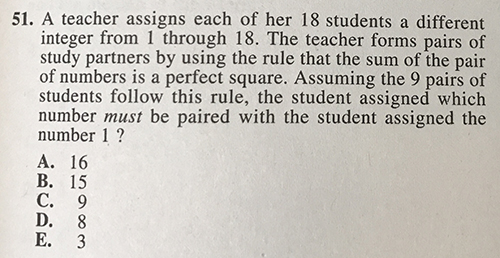
(This item is owned by ACT Inc and printed in the first practice test in The Official ACT Practice Guide 2016-2017.)
I made a mental list of all possible perfect square sums from students 1 through 18: 4, 9, 16, 25. I started working and realized I couldn’t see the “quick way.”
Yes, almost all ACT Math items have a “quick way.” So, contrary to what I think most students should do at this point (which is to give it their best guess and move on), I skipped it.
I made my way through the rest of the test. The dumb “how many quarters are there?” problem. The Venn diagram problem. The Law of Sines. A probability distribution (That’s new!). And I headed back to #51…
I had about 4 minutes left at this point and decided to continue with the the brute force approach (another critical error?).
I eliminated choices A and C, because 1 + 16 and 1 + 9 don’t give perfect squares.
A little more deduction told me 17 had to be be paired with 8 to give the perfect square 25. Student 17 had to be paired with another student to give a perfect square. There wasn’t a student who could pair with 17 to reach the perfect square 36 (17 + 18 = 35). There was no way to pair student 17 with another student and get a number less than 17, so the only option was to add to 25. That made student 17 pair with student 8.
I was left with choices B and E.
I knew that 1 had to be paired with 3 or 15 (I had known that since the first pass through.). I scribbled. I paired. I scribbled. I paired.
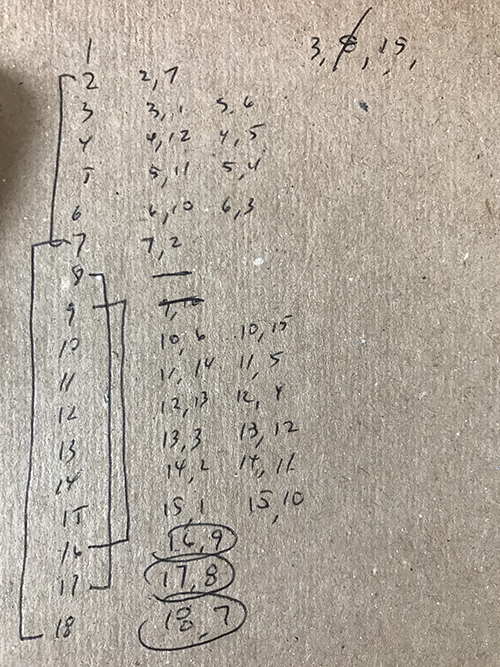
And I still didn’t get it. I was running out of time! I chose…3.
Wrong choice!
What Did I Do Wrong?
I’m not really sure where I went wrong. Is there a key that unlocks this problem quickly? I don’t know.
Eventually, I did figure that 1 had to be paired with 15, and this is how I did it…
Step 1: Start with the big numbers.
Pair student 18 with student 7, which is the only option for reaching a perfect square. Likewise, student 17 has to be paired with student 8. Student 16 has to be paired with student 9. Of the nine pairs, we have 3 pairs figured quickly!
Student 15 can be paired with student 10 (sum of 25) or student 1 (sum of 16).
Student 14 can be paired with student 11 (sum of 25) or student 2 (sum of 16).
Student 13 can be paired with student 12 (sum of 25) or student 3 (sum of 16).
Student 12 can be paired with student 13 (sum of 25) or student 4 (sum of 16).
Student 11 can be paired with student 14 (sum of 25) or student 5 (sum of 16).
Student 10 can be paired with student 15 (sum of 25) or student 6 (sum of 16).
Student 9 is already paired with student 16 (see above).
Student 8 is already paired with student 17 (see above).
Student 7 is already paired with student 18 (see above).
Student 6 can be paired with student 10 (sum of 16) or student 3 (sum of 9).
Student 5 can be paired with student 11 (sum of 16) or student 4 (sum of 9).
Student 4 can be paired with student 12 (sum of 16) or student 5 (sum of 9).
Student 3 can be paired with student 13 (sum of 16) or student 6 (sum of 9) or student 1 (sum of 4).
Student 2 can be paired with student 14 (sum of 16), not student 7 (already paired with student 18), not student 2, because he is student 2. We have our fourth pair! Student 2 is paired with student 14!
Student 1 can be paired with student 15 (sum of 16) not student 8 (already paired with student 17) or student 3 (sum of 4).
Step 2: Student 2 is the key.
Student 2 is paired with student 14. From there, work backwards from student to student eliminating possible choices until student 1’s pair is identified.
Go to the Student 14 line. Student 14 is paired with student 2, so that leaves student 11.
Student 11 can’t be paired with student 14. Student 11 is paired with student 5.
Student 5 is paired with student 11, so that leaves student 4.
Student 4 must be paired with student 12.
Student 12 is paired with 4. That leaves student 13.
Student 13 is paired with student 3. The leaves students 1 and 6.
Student 6 is paired with student 10, because student 3 is paired with student 3.
Student 10 is paired with student 6. That leaves student 15.
Student 15 must be paired with student 1!!!
Is there a better way?
For a 60 second per item pace, ACT is asking a lot in this problem.
Do you see a more efficient way to work this problem? If so, tell me how in the comments below.
Kendal Shipley, Ed.D.
8/29/2017
36U Blog Posts
Solution Page
The Locker Problem
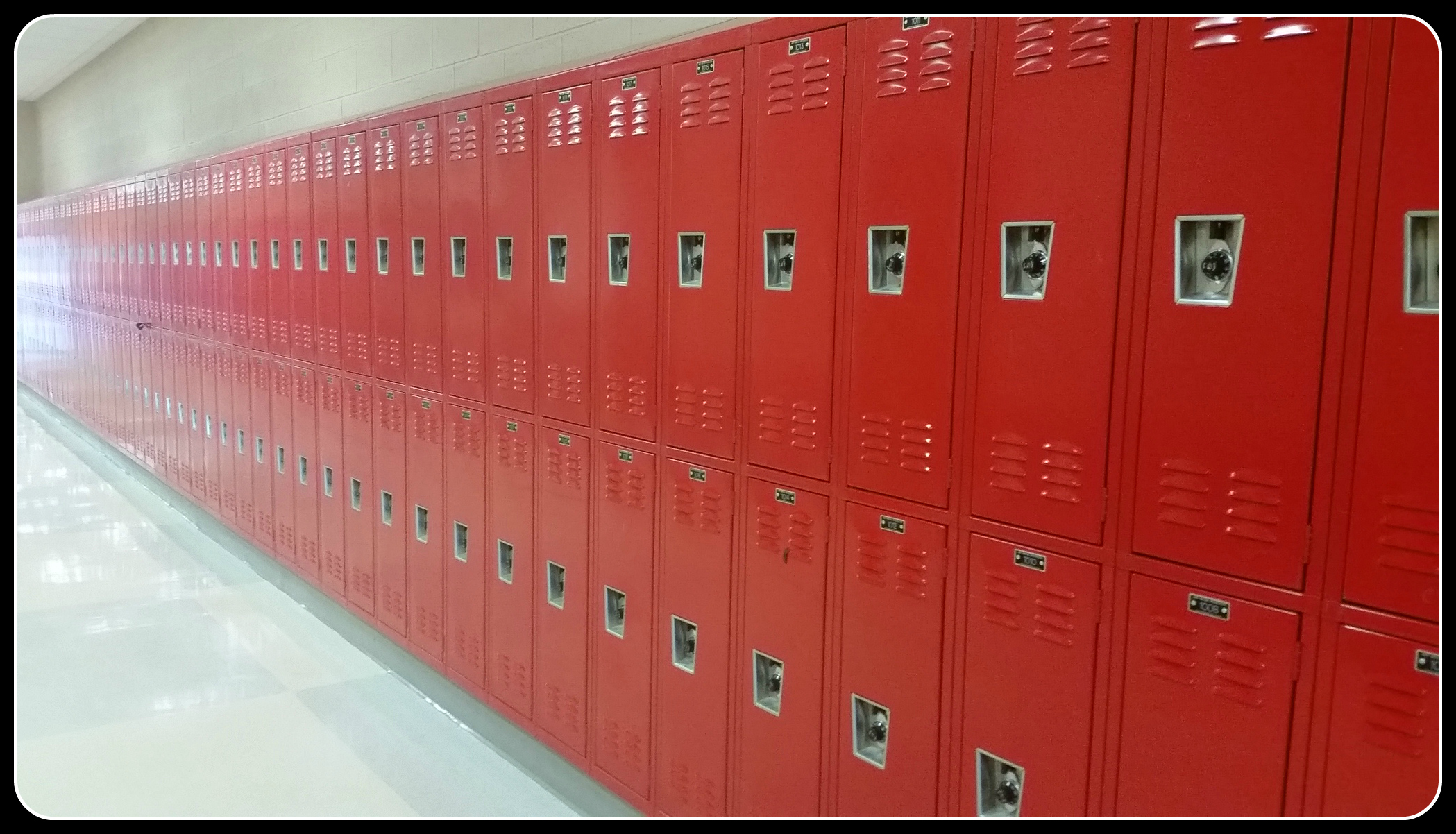 We want thank all who attempted the January 2017 Math Challenge. We hope you enjoyed and learned from the problem.
We want thank all who attempted the January 2017 Math Challenge. We hope you enjoyed and learned from the problem.
For those who missed it, here was the challenge problem:
Imagine 100 lockers numbered 1 to 100 with 100 students lined up in front of those 100 lockers:
The first student opens every locker.
The second student closes every 2nd locker.
The 3rd student changes every 3rd locker; if it’s closed, she opens it; if it’s open, she closes it.
The 4th student changes every fourth locker.
The 5th student changes every 5th locker.
That same pattern continues for all 100 students.
Here’s the question: “Which lockers are left open after all 100 students have walked the row of lockers?”
The Solution
As many of you found, the perfect square lockers (#s 1, 4, 9, 16, 25, 36, 49, 64, 81, and 100) are the only lockers left open. Cool, huh?
We hope you realized that lockers are only touched by students who are factors of that locker number, i.e. locker #5 is only touched by students 1 and 5. Student 1 opens it and student 5 closes it. In fact, because factors come in pairs, the first student factor will open it and the corresponding factor student closes it. At first, maybe you thought every locker would be closed because factors come in pairs. But there was a twist…
Here are a couple of ways you could have gotten there:
Method 1: Solve a Simpler Problem
Start with just 20 lockers and try to find a pattern.
We used a code: O = Open, C = Closed.
Here’s what the lockers look like after the first student walks through. They are all open.

After the second student walks the row of lockers, the odd-numbered lockers are left open and the even-numbered lockers are closed:
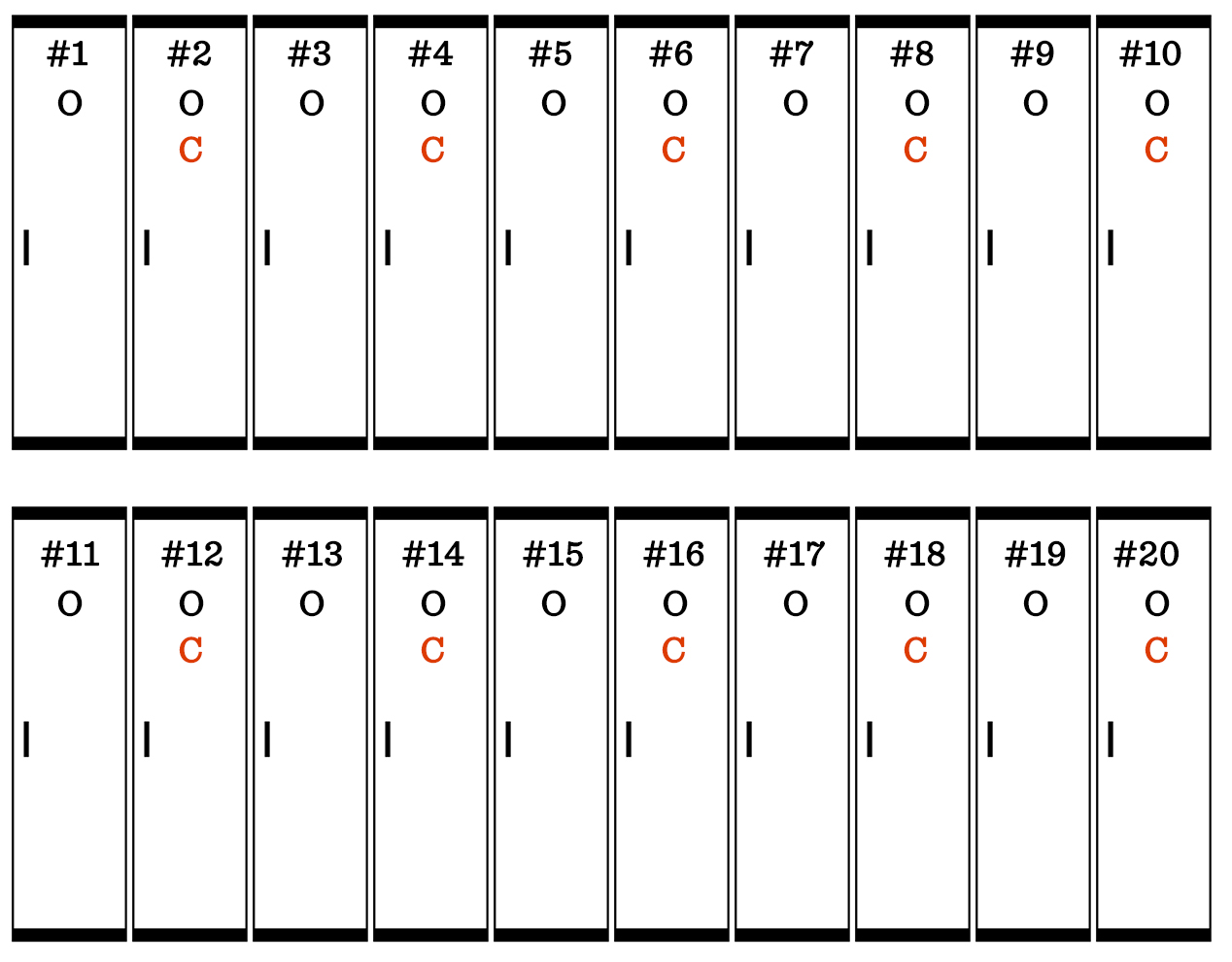
Here’s how the lockers look after the third student changes every 3rd locker:
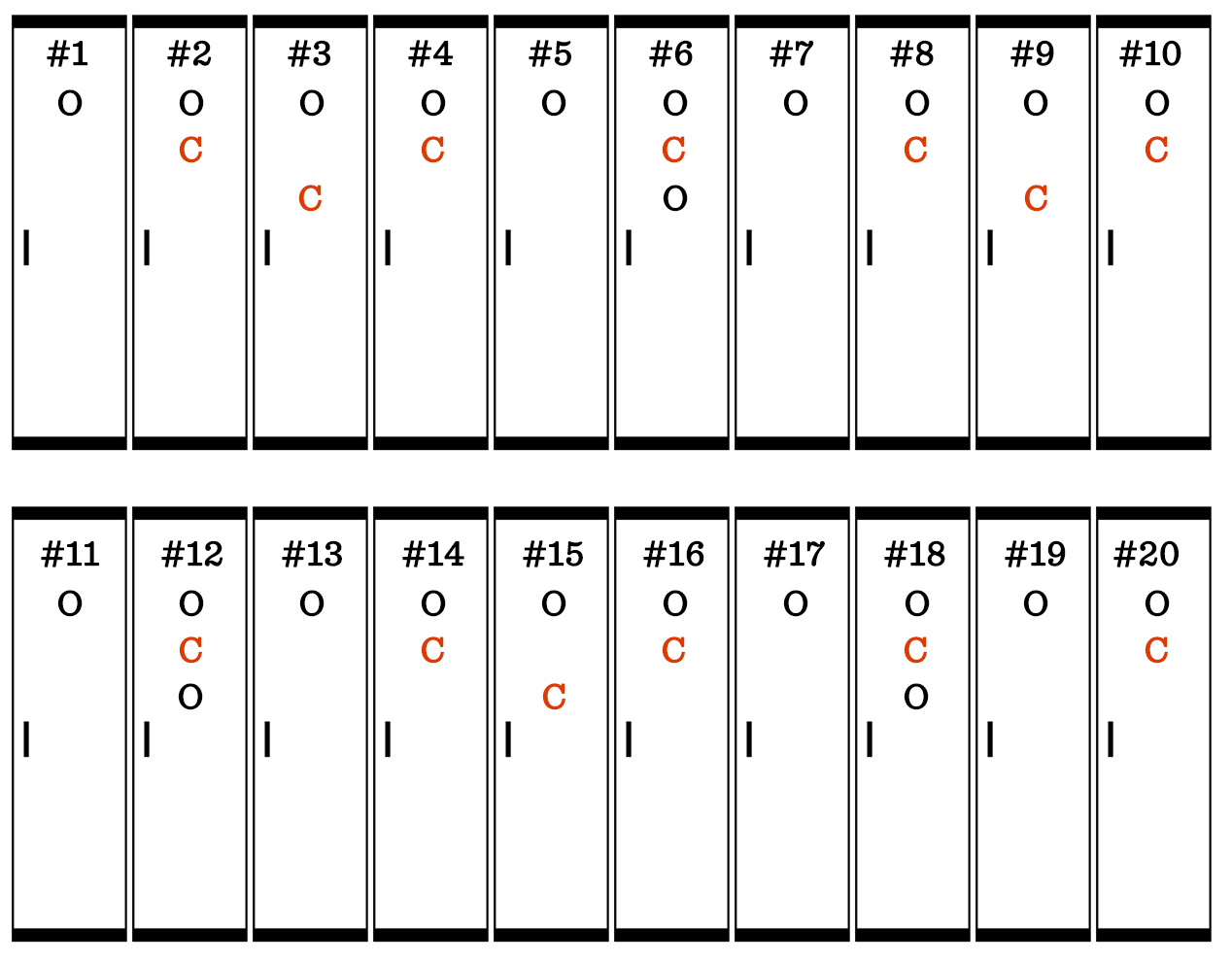
And here’s how it looks after the first 20 students have walked the row of lockers. Note: after student 20 has gone, the first 20 lockers aren’t touched again.

Of the first 20 lockers, locker #s 1, 4, 9, and 16 are left open. Those are perfect squares. You can extend that pattern to identify the remaining open lockers.
Lockers 1, 4, 9, 16, 25, 36, 49, 64, 81, and 100 are left open!
Method 2: Who Touches Which Lockers
Identifying which students touch which lockers is a little less of a brute-force approach and would likely have gotten you to the solution a little more quickly.
Here’s what I mean:
Consider locker #1. The only student who touches locker #1 is student #1. Student 1 opens the locker, and since no one else touches it, it will be left open at the end.
Consider locker #2. Student 1 opens the locker, and student 2 closes it. No one else touches the locker, so it will be closed.
Consider locker #10. Students 1 opens the locker. Student 2 closes it. Students 3 and 4 skip right by it. Student 5 opens it. Students 6, 7, 8, and 9 skip right by it. And student 10 closes it. Locker #10 will be closed.
Mental Milestone 1: After looking at several lockers, you should notice that lockers are only changed by student numbers that are factors of the locker number. In other words, locker 12 is changed by students 1, 2, 3, 4, 6, and 12.
Mental Milestone 2: You should also have noticed that factors always come in pairs. This means that for every student who opens a locker, there is another student who closes it. For locker #12, student 1 opens it, but student 12 closes it later. Student 2 opens it, but student 6 closes it later. Student 3 opens it, but student 4 closes it later.
By this logic, every locker would be closed.
But there are exceptions!
Consider locker #25. Student 1 opens it. Student 5 closes it. Student 25 opens it. The locker will be left open, but why? In this case, the factors do not come in pairs. One and 25 are a pair, but five times five is also 25. Five only counts as one factor. This causes the open-close pattern to be thrown off. Locker #25 is left open.
Mental Milestone 3: When factors don’t come in pairs, the locker will be left open. And factors don’t come in pairs when numbers are multiplied by themselves. Perfect squares (1, 4, 9, 16, 25, 36, 49, 64, 81, 100,…) are the only numbers whose factors don’t come in pairs because one set of factors, the square root, is multiplied by itself. This means that only perfect square lockers will be left open.
Locker #s 1, 4, 9, 16, 25, 36, 49, 64, 81, and 100 are left open!
The Winner
Congratulations to Sydney H, our January 2017 ACT Challenge winner! Her solution was simple, precise, and just as important, correct. In fact, I like her solution better than the explanations I provided above. Here’s what she had to say:

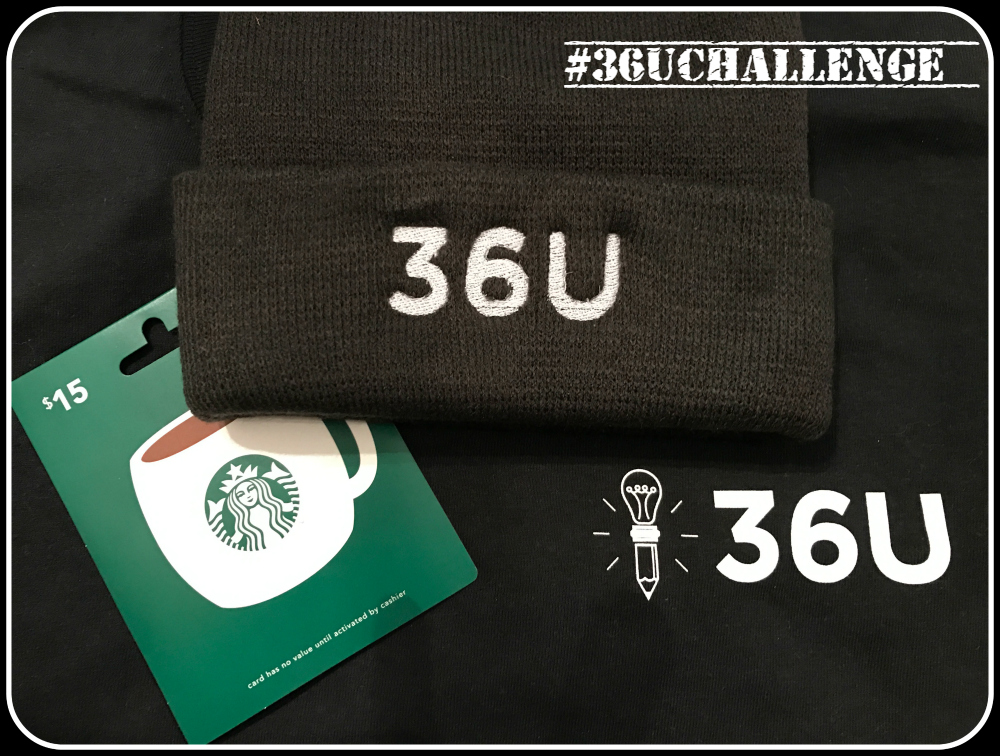 The Winnings!
The Winnings!
Sydney won the 36U Winter Care Package:
3 months access to 36U ACT Prep
36U Tee (Long-sleeve)
36U toboggan
$15 Starbucks gift card
More 36U Resources:
36U Blog Posts
36U ACT Tips
36U ACT Prep Program
The Locker Problem – January 2017 Challenge
 Number properties are rarely reviewed, but they are sometimes tested on the ACT. So, we’ve decided to share a fun, straightforward, and hopefully enlightening item that will have you thinking about number properties. Here’s your January 2017 ACT Math Challenge:
Number properties are rarely reviewed, but they are sometimes tested on the ACT. So, we’ve decided to share a fun, straightforward, and hopefully enlightening item that will have you thinking about number properties. Here’s your January 2017 ACT Math Challenge:
Imagine 100 lockers numbered 1 to 100 with 100 students lined up in front of those 100 lockers:
The first student opens every locker.
The second student closes every 2nd locker.
The 3rd student changes every 3rd locker; if it’s closed, she opens it; if it’s open, she closes it.
The 4th student changes every fourth locker.
The 5th student changes every 5th locker.
That same pattern continues for all 100 students.
Here’s the question: “Which lockers are left open after all 100 students have walked the row of lockers?”
How Do I Enter?
Take a pic of your solution, with your work included, and post as a reply to any of our Locker Problem social media posts or send to lockerchallenge@36university.com. Submissions must be posted by midnight eastern time on January 31st. Impress us with your approach to solving this problem!
 What Will I Win?
What Will I Win?
The winner will receive the 36U Winter Care Package:
3 months access to 36U ACT Prep
36U Tee (Long-sleeve)
36U toboggan
$15 Starbucks gift card
How Will 36U Choose a Winner?
At 36U, we value simple, precise solutions. We will draw a winner on February 1st from among entries with correct answers and easy-to-understand explanations. (or: whose solutions are correct and whose approach is easily understood.)
More 36U Resources:
36U Blog Posts
36U ACT Tips
36U ACT Prep Program








